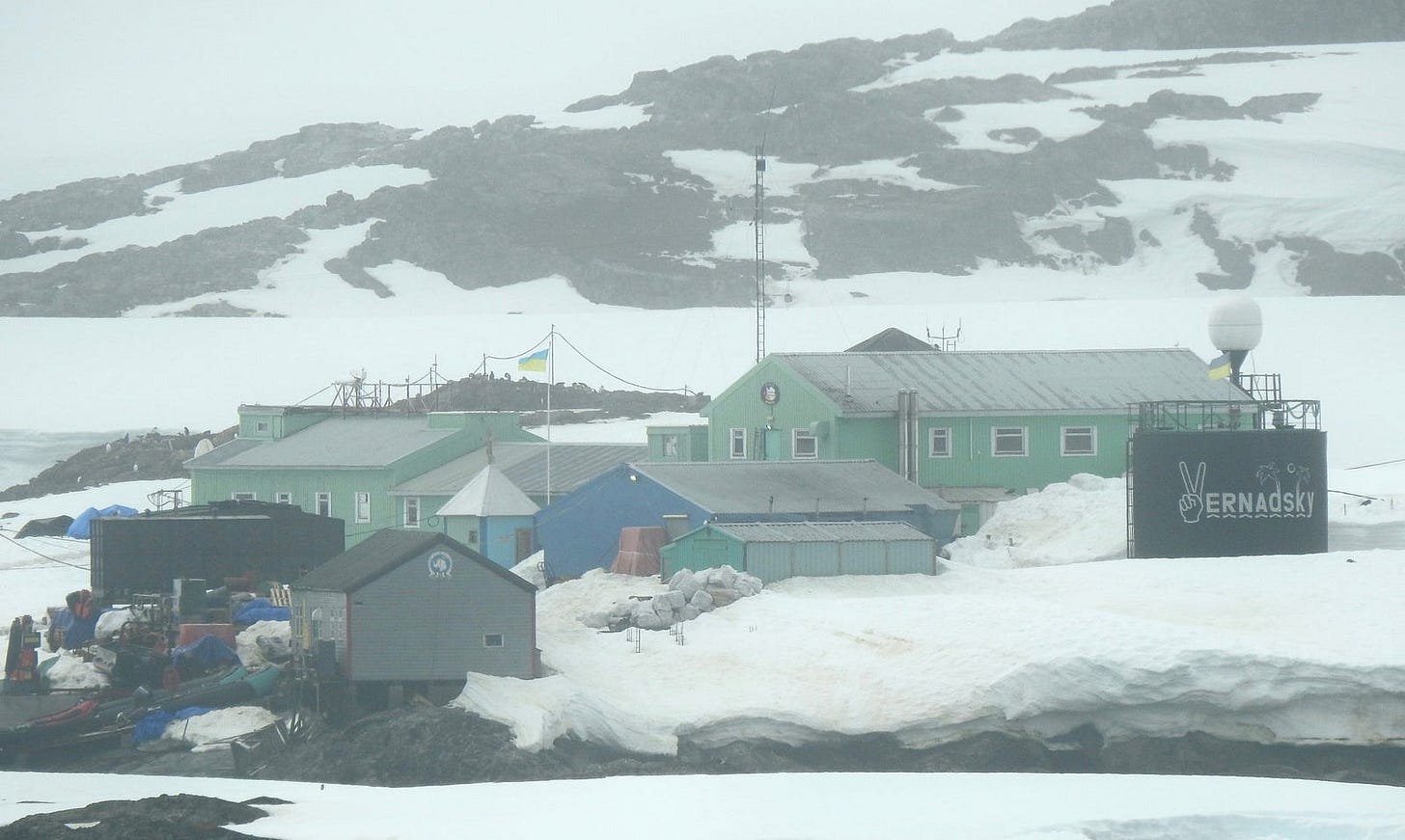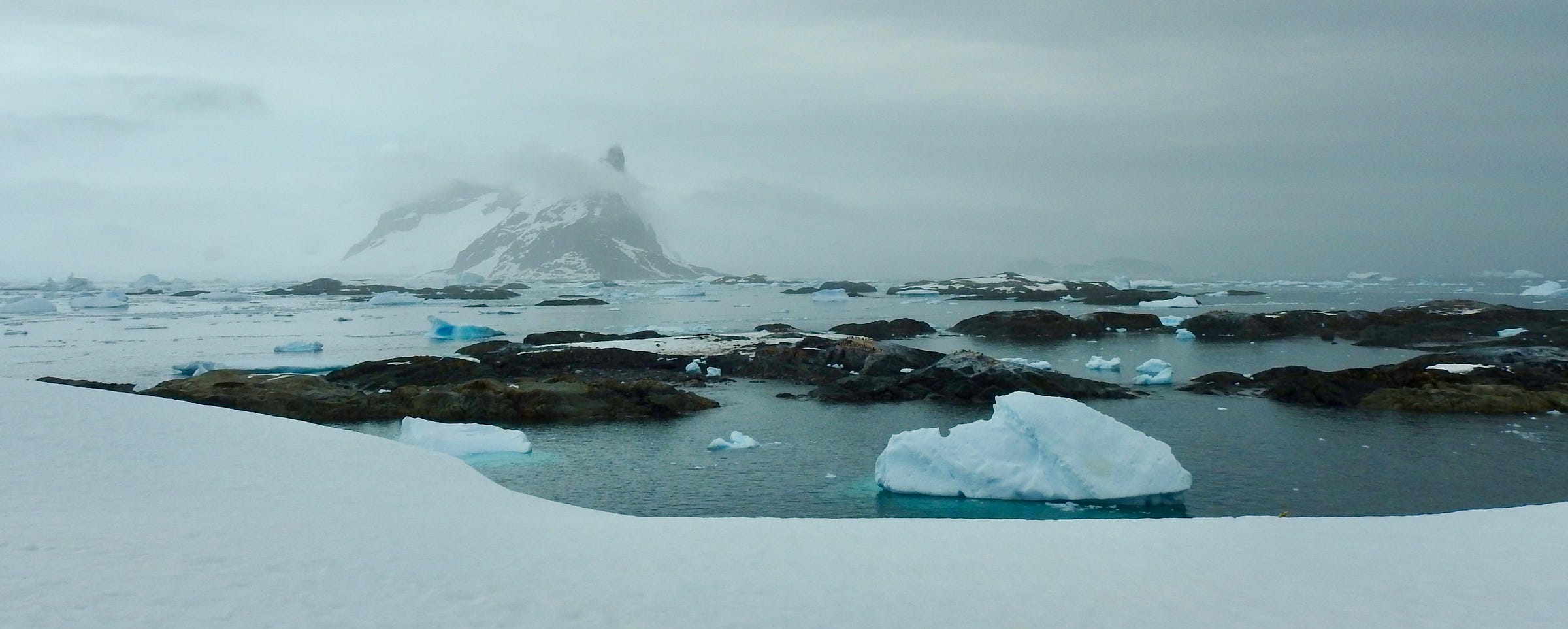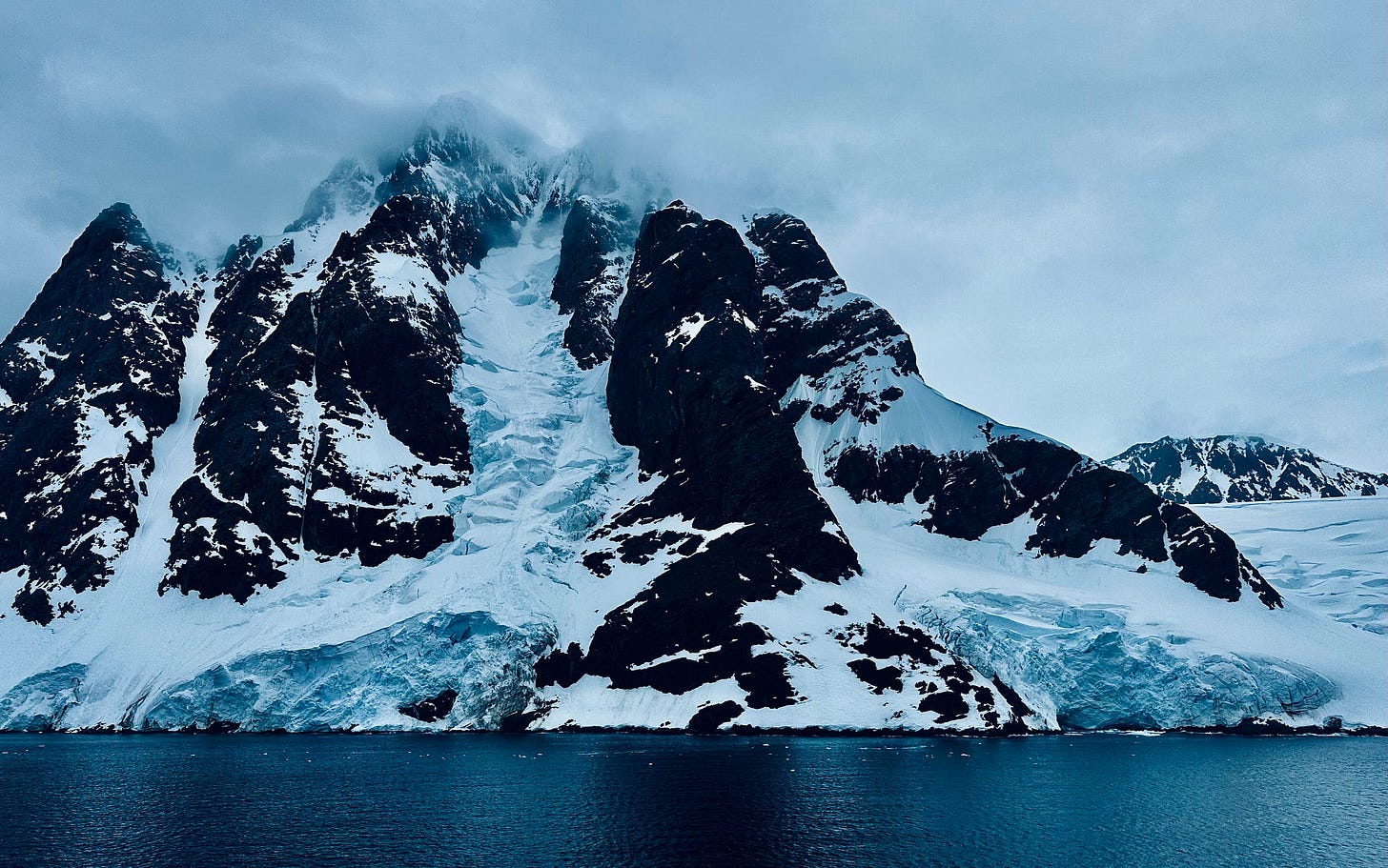Travelogue: Antarctica
December 2022
I’m sitting aboard the MS Roald Amundsen as we make our way north, back across the fabled Drake Passage and towards the Falkland Islands in the southern Atlantic. Given that the trip across the famously treacherous Drake takes severals days to complete, I thought perhaps this would be a good time to record some of the highlights of our journey.
Getting There
Our voyage began with a flight from Victoria, British Columbia, across Canada to Toronto. From Toronto down to Santiago de Chile, then on to Buenos Aires in Argentina. We had planned to stay in Buenos Aires for a few days before our trip, but wholly by accident we happened to get into town the day before the 2022 World Cup Final between Argentina and France. It was incredible to watch with bated breath as the greatest football match in history unfolded before our eyes, but no sooner had the game ended than it was to head back to the airport and continue on to Ushuaia.

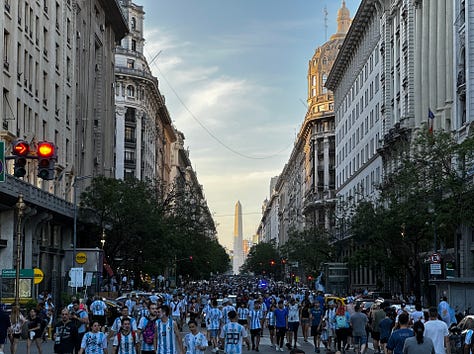
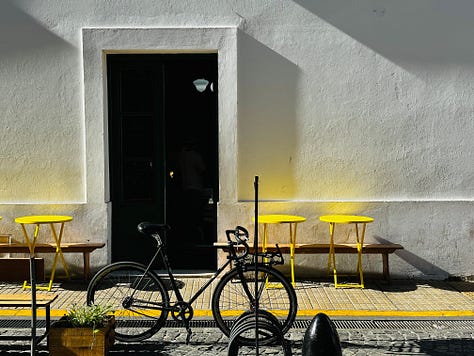

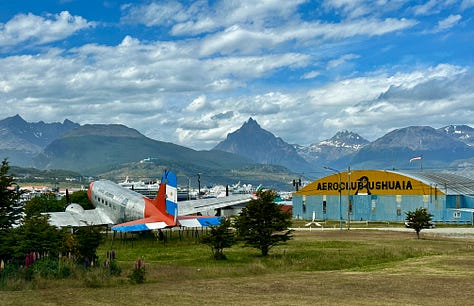

Upon arriving in Ushuaia, we headed straight for the port and boarded our vessel. Just a few short hours later, the ship cast off and headed due south into the Drake.
It took us about two days to make the journey from the southern tip of South America to the northern edge of the Antarctic peninsula. The passage itself is widely considered to be among the most treacherous voyages one can make at sea. It’s a capricious expanse, and can flip between its polar moods in an instant. On this particular set of days, however, we lucked out with the relatively calm “Drake Lake” — the more placid of the passage’s comportments (we’d have no such luck on the way back, and would become well acquainted with the “Drake Shake” instead).
In the morning of the second day (insofar as “morning” has any meaning in the Land of the Midnight Sun), we arrived at last at our first port of call: Orne Harbour.
Day One: Orne Harbour
Orne Harbour is a frigid cove about one mile wide situated on the west coast of the Antarctic Peninsula, and was the site of our first opportunity to set foot on the continent itself. While much of the continent is covered in a thick layer of ice and snow obscuring any sense of an actual landmass, here the dark and ancient peaks of metavolcanic rock tower forebodingly over the frozen desert below.
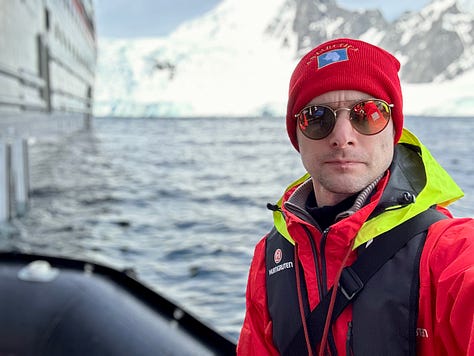
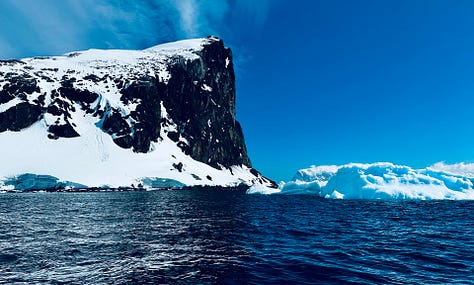
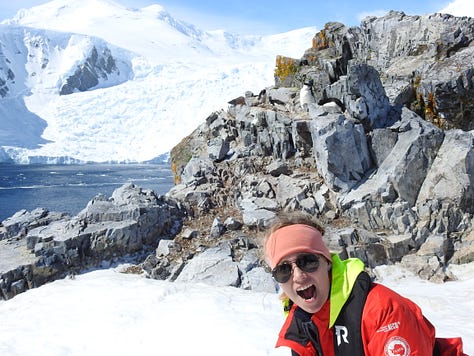
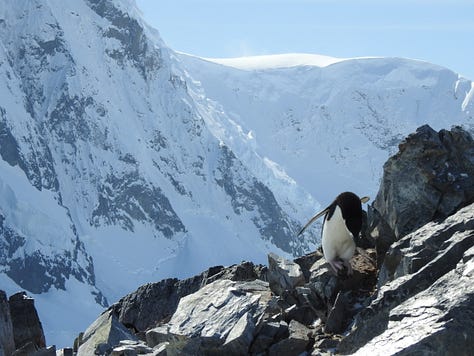
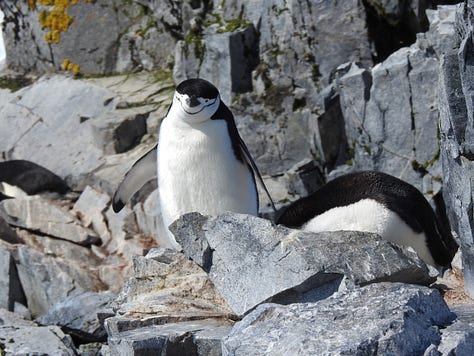
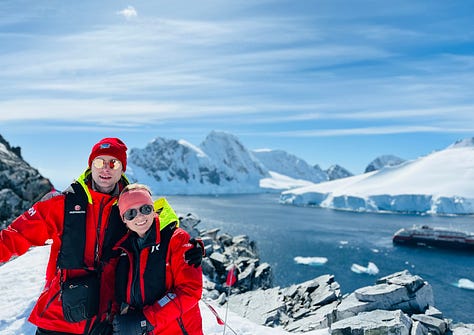
Our landing party came ashore on a tiny zodiac (a robust, inflatable boat designed to make passage between ship and shore more convenient). My first impressions of the area were one of striking contrasts: the blackness of the rock against the blinding white snow, the vivid light blue of the sky against the deep navy sea, the warmth of the sun against the freezing air, and the earnest curiosity of the penguins to our presence.
Oh, and if you are curious if Antarctica has a smell, yes, it does. It smells like penguin poop, everywhere.

After spending some time marvelling at the unique geology and getting to know the local chinstrap penguin colony, we headed back to the ship and took off to our next destination.
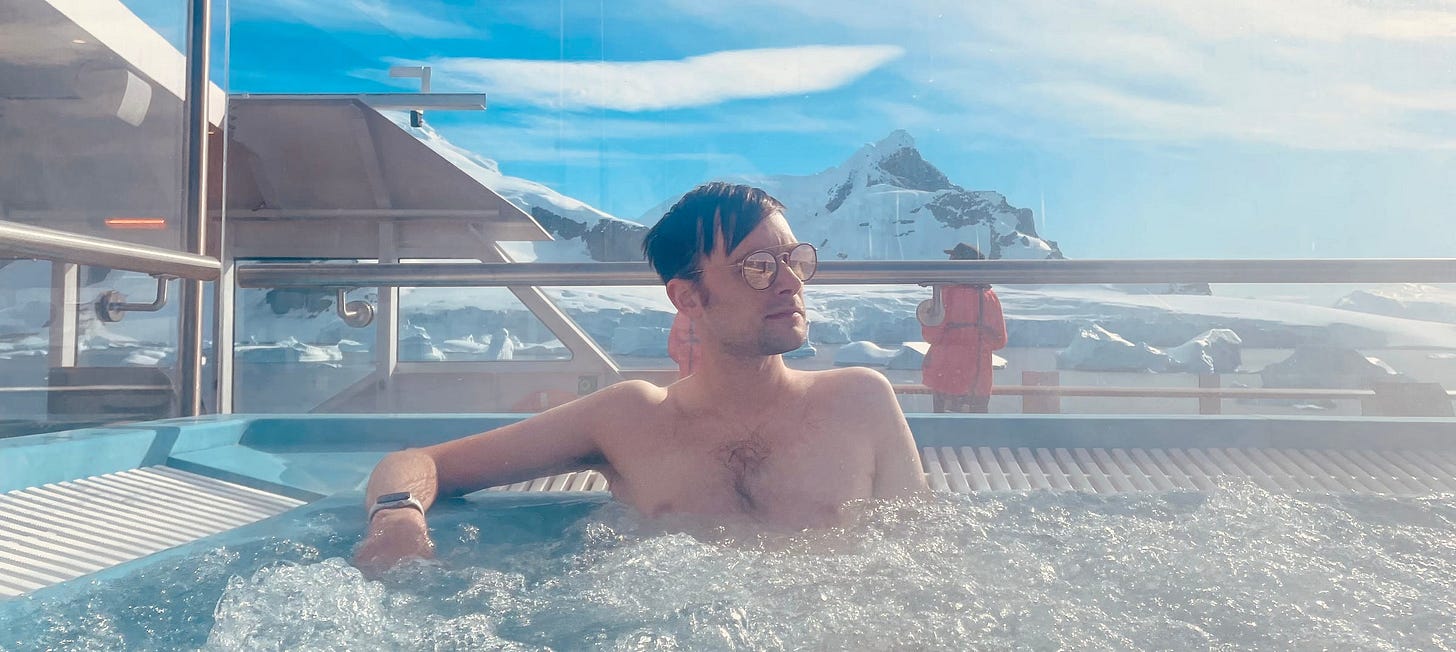
Day Two: Damoy Point
The following day, we struck out further southwest for Damoy Point, which is a small landing site on the western side of Wiencke Island. There’s a small, abandoned hut here built by the British in the 70s as part of a summer air facility. As it was Christmas Eve, I am told Santa was hiding out in the hut to say hi to some of the younger travellers on our journey. We also found a number of seals and gentoo penguins on the island.
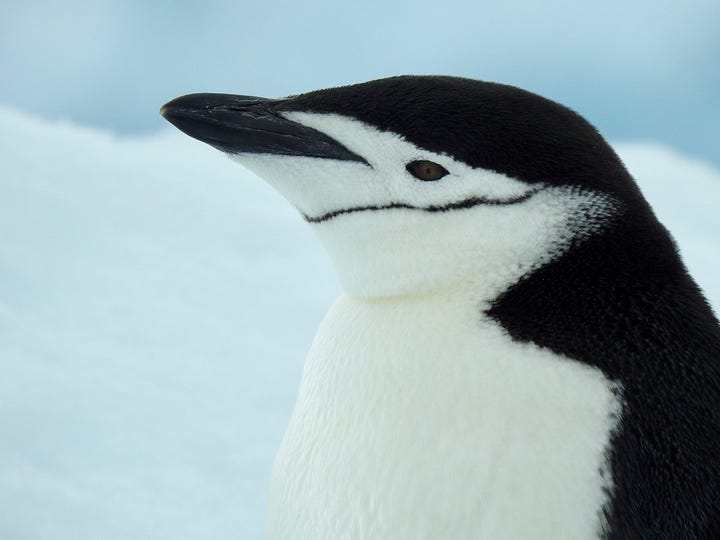
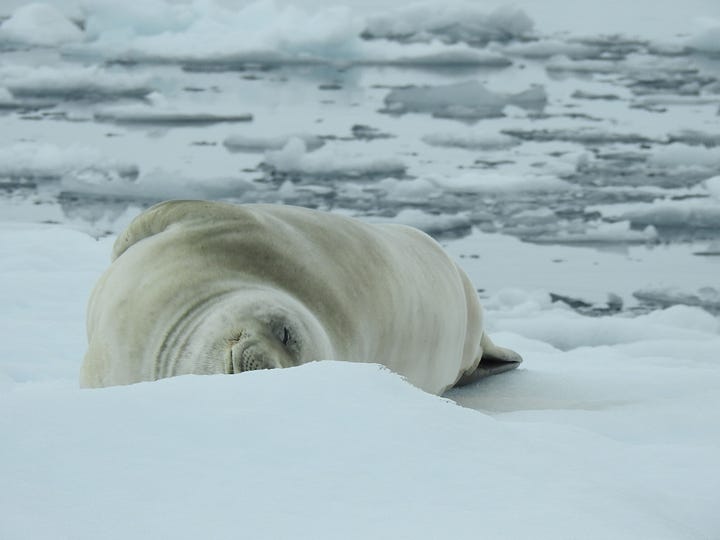

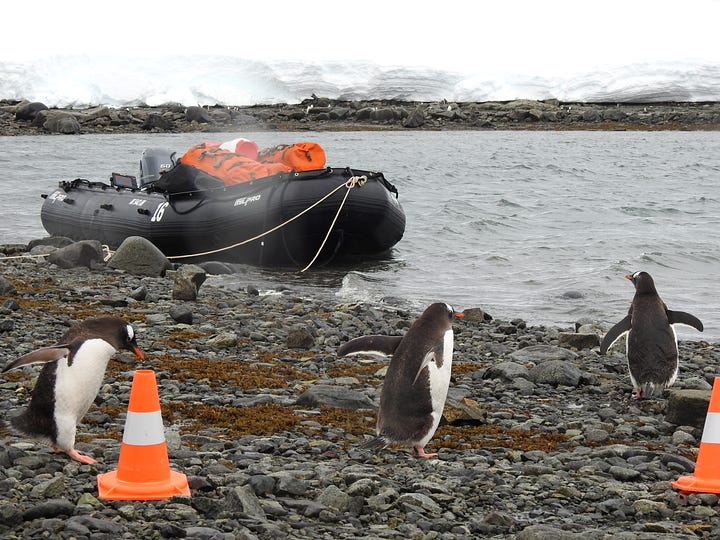
Departing here, we travelled further south still, weaving our way through the Wilhelm Archipelago and past the Vernadsky Research Base to the Yalour Islands.
Day Three: Yalour Islands
Perhaps the most astonishing sight at the Yalour Islands were legions upon legions of adelie penguins in numerous colonies dotting the fridgid plains. As penguins have no natural predators on land (seals and orcas are very happy to eat them in the water), they view humans with little fear and no small amount of curiosity. We were of course under strict orders not to interfere with the penguins’ activities, but they would often come up to us to investigate us and enjoy our relative novelty.

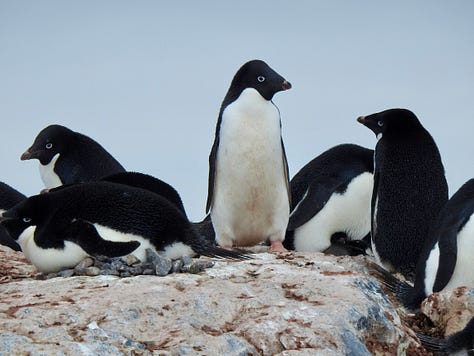
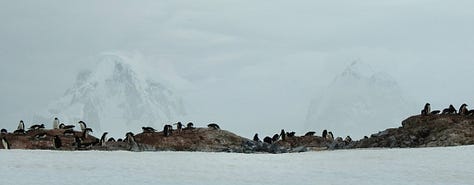
That evening, as we continued our journey, we enjoyed a delightful Christmas dinner and headed up to the aft deck to spend some time in the outdoor hot tub (an amenity we availed ourselves of quite a bit during our stay on board the Roald Amundsen). It was hard not to be struck by the imposing mountains rising far above our comparatively tiny vessel. I was reminded of Lovecraft:
I could not help feeling that they were evil things — mountains of madness whose farther slopes looked out over some accursed ultimate abyss. That seething, half-luminous cloud-background held ineffable suggestions of a vague, ethereal beyondness far more than terrestrially spatial; and gave appalling reminders of the utter remoteness, separateness, desolation, and aeon-long death of this untrodden and unfathomed austral world.
— H.P. Lovecraft, At the Mountains of Madness
Day Four: Deception Island
Eventually the time came to make our way back out of the peninsula and toward South America once again. On our way, we stopped off at Deception Island, so named because, from the surrounding sea, it appears to be an island. It isn’t until one crosses through the narrow gap of Neptune’s Bellows that one can discover it is in fact a volcanic caldera, and the vast majority of the area inside the “island” is more ocean.
One can find the remnants of an old whaling station here from the early 19th century, in addition to a number of research stations and even a derelict aircraft hangar. The island’s only year-round residents these days are the penguins, seals, and sea birds who call it home.

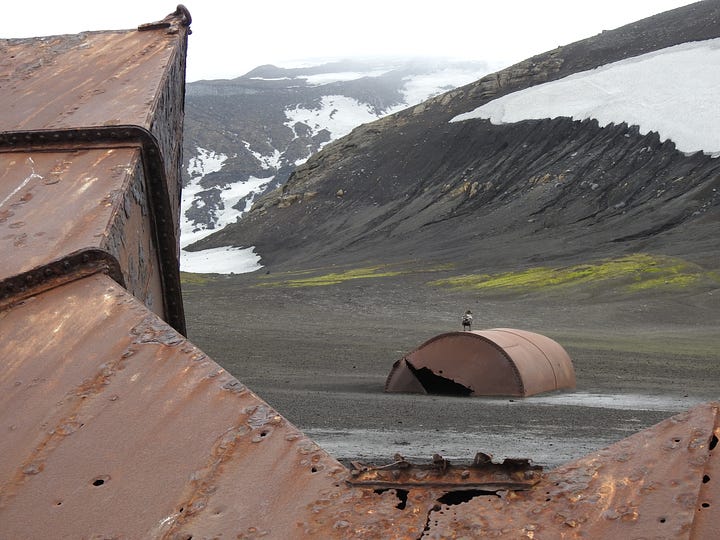

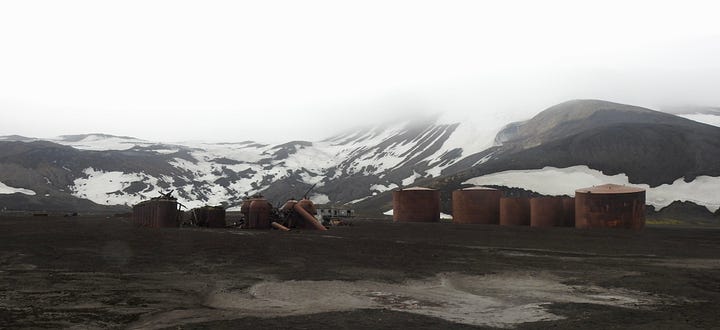
One task remained as-yet undone for us — the Polar Plunge — and time was running out to commit to this “honour”. So we stripped down to our skivvies and dove into the Antarctic Ocean.
Day Five: Yankee Harbour
On our last day on the southern continent, the weather was starting to turn. While we had largely been blessed with fair winds and following seas thus far, it was clear we had finally worn out our meteorological welcome. Dark skies and sharp winds took hold, and the slate grey waves began to churn with a uniquely dispassionate menace.
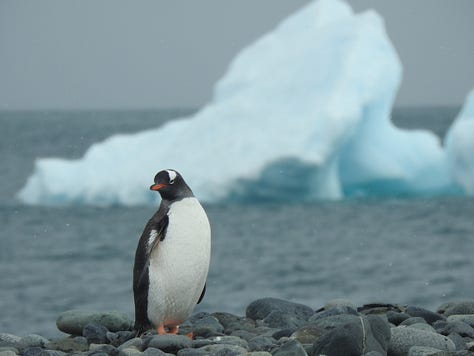
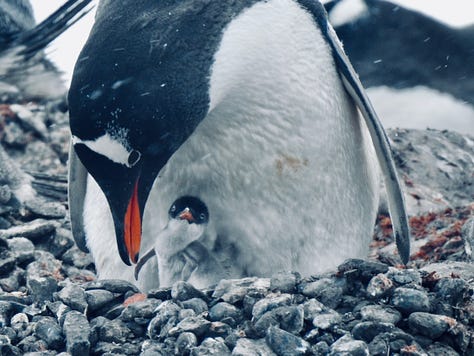
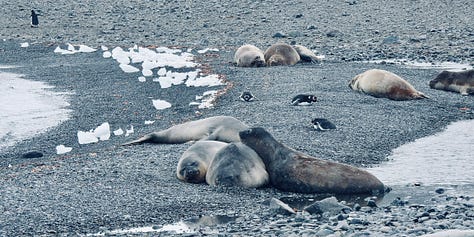
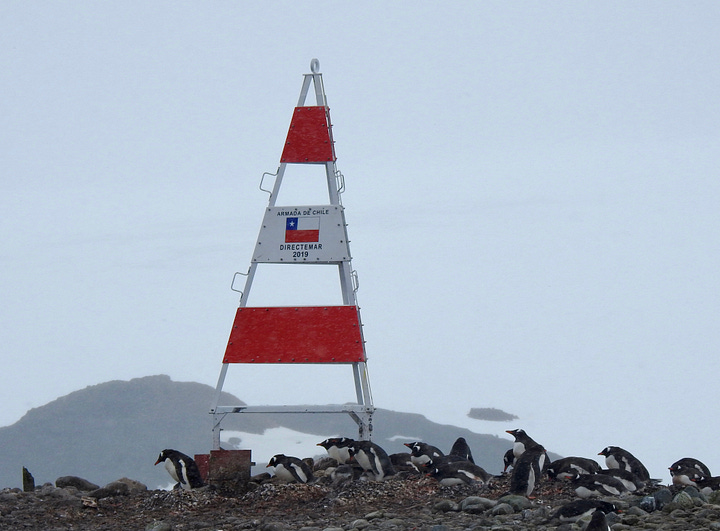
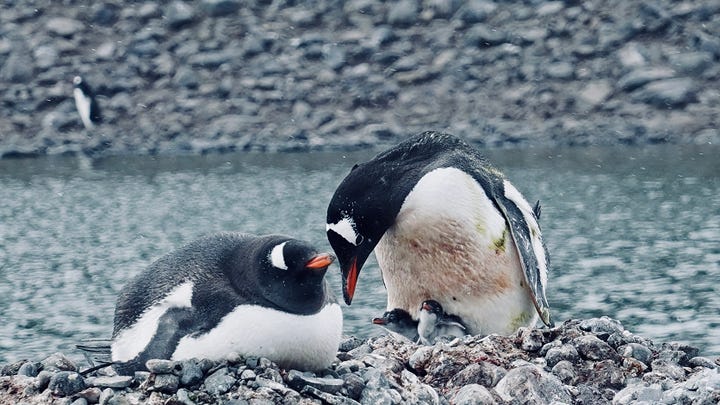
We stopped by Yankee Harbour for a quick “thank you and goodbye” to the local penguin population before heading back aboard the ship and setting out once again across the Drake.
Getting Back
We’re on our way back now by way of the Falkland Islands — it seemed an awfully long way to go and not stop by one of the most fascinating extant vestiges of Britain’s colonialist history. I think I will put the laptop away for now, however, as I’ve just been thrown into the ceiling by a very large swell and I anticipate the Drake Shake is going to have its way with us for a good while longer before we see land again…




